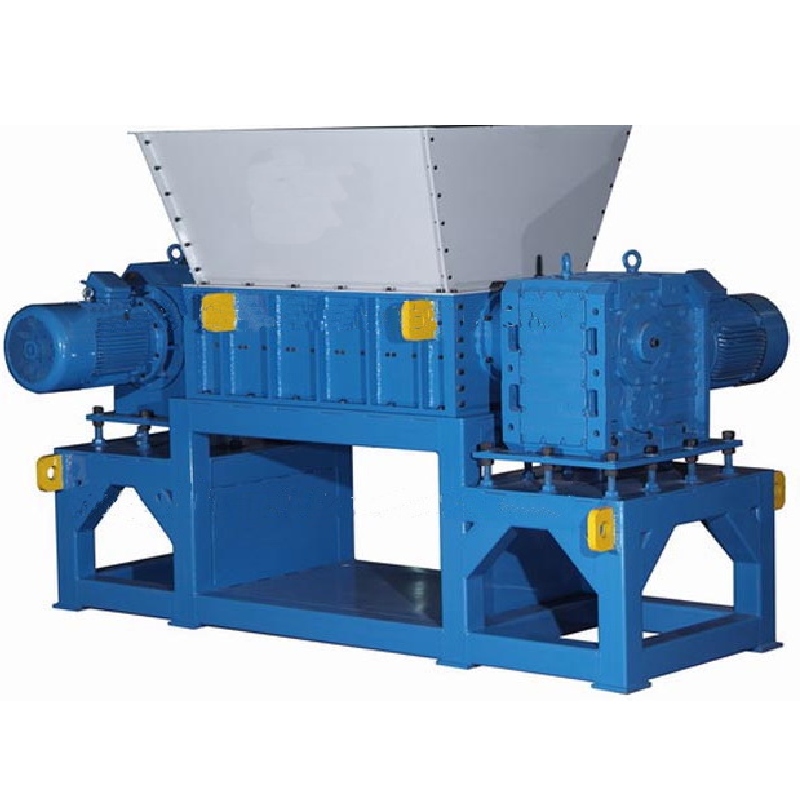
10 月 . 10, 2024 14:29 Back to list
Understanding Eddy Current Separators How They Work
Eddy current separators are innovative devices used primarily in the recycling and waste management industries to separate non-ferrous metals from other materials. Their operational principles rely on electromagnetic induction, a phenomenon discovered by Hans Christian Ørsted in the early 19th century, which plays a crucial role in the functioning of this technology.
The Principle of Operation
The fundamental working principle of an eddy current separator is based on the generation of eddy currents within conductive materials. When a conductive metal passes through a magnetic field, electrical currents are induced in the metal. In an eddy current separator, a rotating magnetic field is produced using magnets, which creates instantaneous changes in magnetic flux.
As the materials are fed onto the conveyor belt of the separator, they enter the magnetic field. Non-ferrous metals, such as aluminum, copper, and brass, generate eddy currents that create opposing magnetic fields. These fields interact with the original magnetic field set up by the separator, causing the conductive materials to repel and consequently change their trajectory.
In contrast, non-metallic materials and ferrous metals (like iron and steel) do not generate the same eddy currents and, therefore, do not experience the same repulsive forces. Instead, they continue along the conveyor belt in a straight line, allowing for effective separation. This allows recyclers to effectively isolate valuable non-ferrous metals from waste streams, enhancing the efficiency of the recycling process.
Key Components
An eddy current separator consists of several key components
1. Conveyor Belt This is where the mixed material is fed and transported through the separator. The belt is usually inclined slightly to facilitate the separation process.
2. Magnetic Rotor Positioned beneath the conveyor belt, the magnetic rotor generates the rotating magnetic field required for inducing eddy currents in the non-ferrous metals.
3. Drive System This system ensures the continuous operation of the conveyor belt and rotor, allowing for a steady flow of materials.
4. Discharge Chutes Once the materials are separated, they are directed into different chutes for collection. The non-ferrous metals are ejected in one stream, while other materials continue along the conveyor.

Applications
Eddy current separators are widely used in various applications, such as
- Recycling In recycling facilities, these separators efficiently recover valuable metals from waste streams, enabling the profitable sorting of materials such as aluminum cans, copper wiring, and electronics.
- Materials Recovery Facilities (MRFs) MRFs utilize eddy current separators to process household and commercial waste, ensuring that valuable metals are not lost in landfills.
- C&D Waste Processing Construction and demolition (C&D) debris often contains significant amounts of non-ferrous metals. Eddy current separators help in extracting these metals for recycling, promoting sustainable waste management practices.
Advantages
The advantages of using eddy current separators include
- High Efficiency These separators can achieve very high separation rates for non-ferrous metals, making them a valuable tool in waste processing.
- Low Maintenance With fewer moving parts and no direct contact with the materials being separated, eddy current separators require less maintenance compared to other separation technologies.
- Versatility They can be used with a variety of feed materials, allowing for broad application across different industries and waste types.
Conclusion
In summary, eddy current separators are essential technologies in the recycling and waste management sectors. By leveraging the principles of electromagnetic induction and the unique properties of conductive materials, these separators effectively isolate non-ferrous metals from waste streams. As global emphasis on recycling and sustainable practices continues to grow, the importance of eddy current separators in promoting efficient material recovery cannot be overstated. Their ability to reduce waste and recover valuable resources makes them a vital component of modern recycling systems.
Latest news
Unveiling the Power of Eddy Current Separator
NewsSep.25,2024
Transform Your Home Recyclin:home metal shredder
NewsSep.25,2024
The Future of Waste Management with Recycling Line Picker
NewsSep.25,2024
The Benefits of a Metal Recycling Plant
NewsSep.25,2024
Revolutionize Material Separation with Onwang Technology
NewsSep.25,2024
Innovative Waste Management: Unveiling the MSW Sorting Plant
NewsSep.25,2024